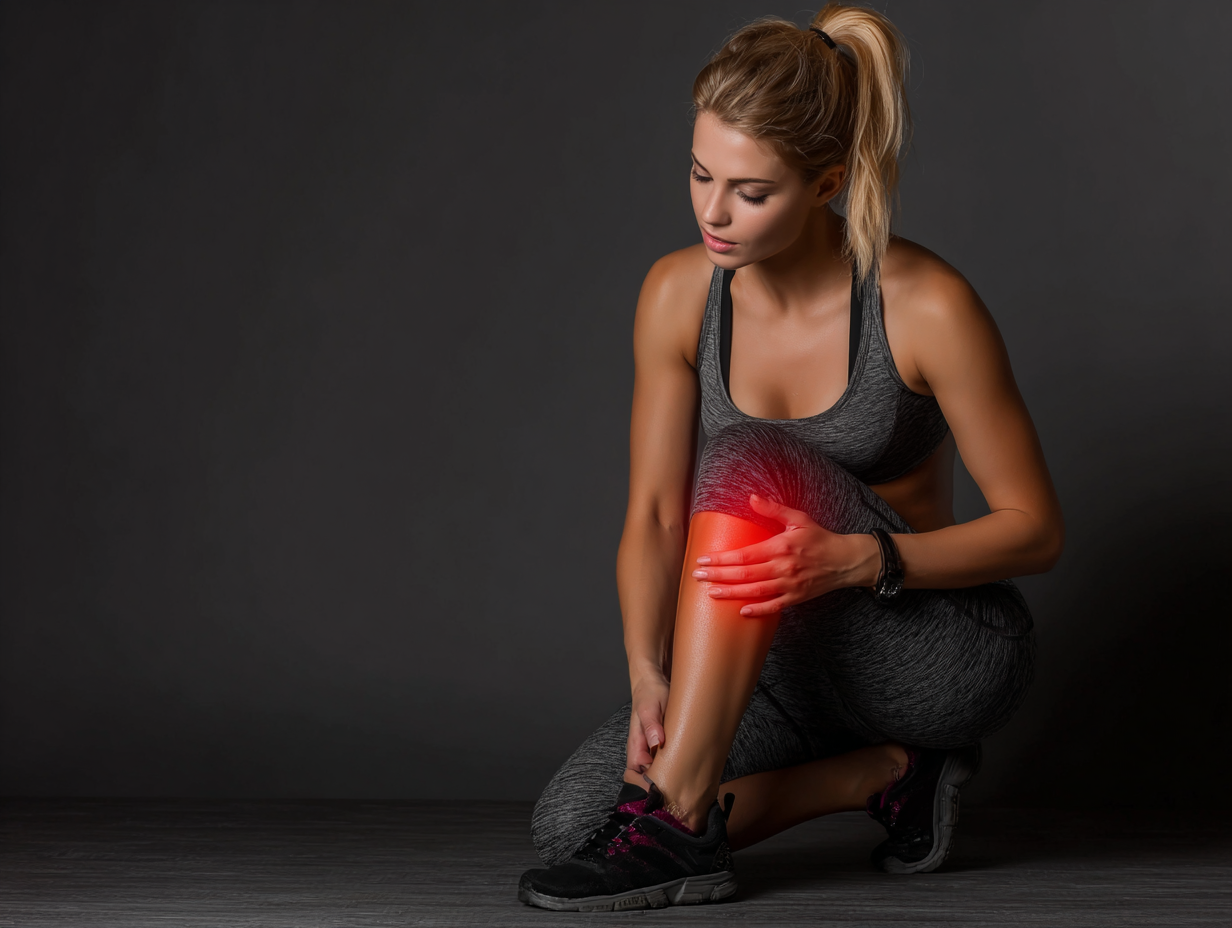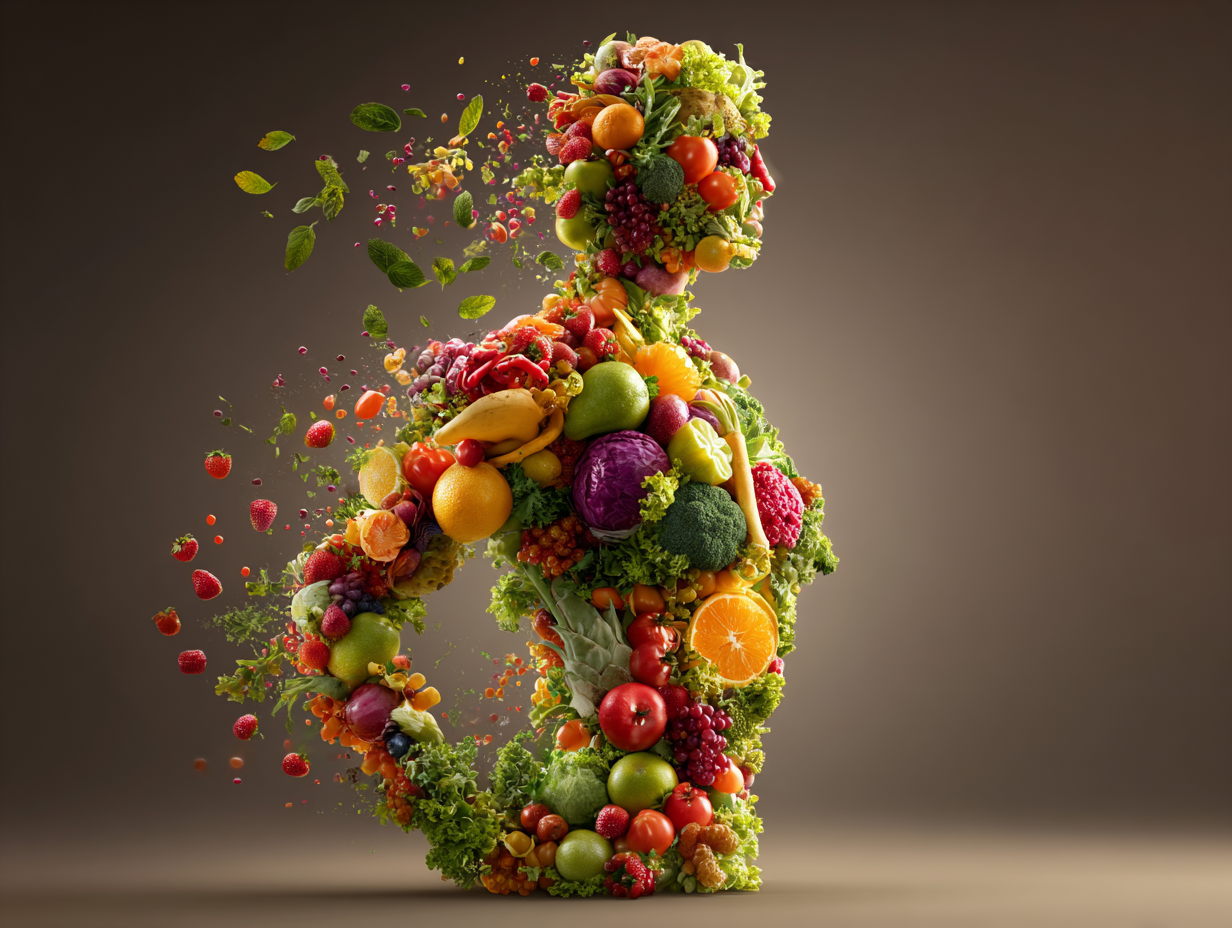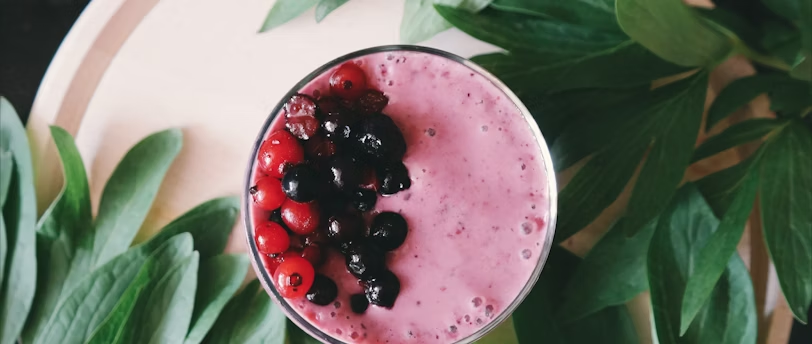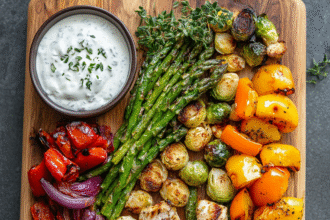How Inflammation Affects Mood, Energy, and Skin — And How to Calm It
The first time I learned about chronic inflammation was when I studied to become a health coach over a decade ago.
I sat in on lectures and conference talks by some of the world’s most respected doctors and wellness experts — Dr. Andrew Weil, Dr. Mark Hyman, Dr. Joel Fuhrman, and Dr. Neal Barnard, to name a few. They all had different backgrounds in terms of their expertise: integrative medicine, plant-based nutrition, and longevity science. But they all repeated one core truth:
Almost all chronic diseases begin with inflammation.
And it’s not something to take lightly.
That was a turning point for me. I had always approached health through the lens of food and fitness. Still, now I saw the deeper layer — inflammation as the silent, often invisible trigger behind everything from heart disease to depression to hormonal imbalances. If I wanted to support long-term vitality — not just quick fixes — I had to understand and reduce inflammation in everyday life.
Inflammation: The Fire You Can’t Always See
Inflammation is your body’s built-in defense system.
When you catch a cold or cut your finger, your body sends out white blood cells to repair and protect. That’s acute inflammation, and it’s a good thing.
But when your body stays in this high-alert mode — because of poor food choices, hidden toxins, chronic stress, or poor sleep — that response turns into chronic inflammation. It lingers silently in the background, slowly damaging tissue, disrupting hormones, and weakening your immune system.
The Hidden Effects: Mood, Energy, and Skin
We often think of inflammation as joint pain or digestive discomfort. But it goes deeper — affecting everything from how we think to how we feel and look.
Mood
Chronic inflammation is now being studied as a root cause of depression and anxiety. It impacts neurotransmitters like serotonin and dopamine, increasing emotional sensitivity and brain fog. You may feel irritable or low without knowing why.
Energy
Inflammation burdens your body’s systems. It drains resources and interrupts the delicate balance of hormones, glucose, and cellular repair. If you feel like you’re dragging through the day, even with enough sleep, inflammation could be part of the story.
Skin
Your skin often reveals what’s happening inside. Acne, rosacea, eczema, puffiness — all can be signs of internal inflammation. If your skincare isn’t working, it might be time to look at your plate.
What Triggers Inflammation?
Here are the most common triggers in modern life — and the ones we can control:
- Refined sugar
Sugar spikes your insulin, disrupts gut health, and accelerates aging at the cellular level. - Highly processed foods
Packaged, shelf-stable foods are often stripped of nutrients and filled with artificial additives that confuse your immune system. - Inflammatory oils
Seed oils like canola, soybean, and corn oil are often oxidized and high in omega-6s, which fuel inflammation. - Nutrient deficiency
When your diet lacks antioxidants, fiber, and essential fats, your body doesn’t have what it needs to repair inflammation. - Chronic stress
Elevated cortisol fuels inflammation. Your body interprets ongoing stress as danger — and responds with internal alarm signals. - Poor sleep and low movement
Rest and motion are both needed to clear inflammation. Without them, it builds.
My Anti-Inflammatory Philosophy: Keep It Simple
My kitchen has been completely sugar-free for over 20 years.
I don’t buy processed foods. I avoid packaged snacks and never use processed seed oils. And I’ve learned that simplicity is the most sustainable approach.
My daily formula:
High-quality protein + lots of fruits and vegetables (organic when possible)
If it’s not real food, I don’t eat it.
If I don’t recognize the ingredients, I don’t bring it home.
That’s the wellness standard I hold for myself and my family — and it’s worked beautifully.
Whole Foods Heal Inflammation
Whole foods naturally nourish and repair.
They’re rich in fiber, antioxidants, vitamins, minerals — and they don’t confuse your immune system. When your body recognizes what you eat, it responds calmly.
Focus on these anti-inflammatory superfoods:
| Group | Examples |
|---|---|
| 🥬 Leafy greens | Kale, spinach, dandelion, arugula |
| 🫐 Antioxidant-rich fruits | Berries, pomegranate, kiwi, cherries |
| 🐟 Omega-3 fats | Wild salmon, sardines, flaxseeds, walnuts |
| 🌾 Fiber-rich foods | Lentils, chia seeds, oats, beans |
| 🍋 Alkalizing foods | Cucumber, celery, lemon water, herbs |
| 🍠 Root vegetables | Sweet potatoes, carrots, beets |
Think of every meal as a way to support your body’s natural repair process.
That’s how you reduce inflammation — not with a pill, but with what you put on your plate.
How to Calm Inflammation: Action Steps
Here are 7 proven ways to reduce chronic inflammation — without overwhelming your lifestyle.
- Eliminate added sugars.
It’s hard at first, but transformative. You’ll notice better mood, energy, and skin within days. - Switch to clean oils.
Use avocado oil or olive oil for cooking. They’re heat-stable and much easier on your body. - Eat the rainbow.
Color equals antioxidants. Every bright plant pigment helps fight inflammation. - Prioritize protein.
High-quality protein helps stabilize blood sugar, rebuild cells, and protect muscle, which is anti-inflammatory. - Hydrate better.
Make a habit of adding a pinch of sea salt and lemon to your water. Hydrated cells recover faster. - Move your body.
You don’t need intense workouts. A 30-minute walk can reduce inflammation markers in the blood. - Improve sleep quality.
Deep sleep is when your body resets. No screens before bed, and a calming evening routine can go a long way.
Take away: Listen to the Signals.
Inflammation is not the enemy — it’s a messenger.
It’s your body’s way of saying something isn’t working. And the beautiful thing is, you can respond with care.
My own journey taught me that chronic inflammation doesn’t need complex solutions. Just awareness, consistency, and a return to real food. There’s no magic detox, no fancy cleanse — just daily decisions that either feed inflammation or calm it.
Let every meal be an act of healing.
Let your lifestyle speak the language of wellness.
Because when you calm inflammation, everything else begins to align — your mood lifts, your energy stabilizes, and your skin starts to glow from within.









